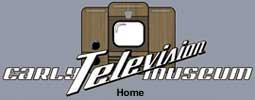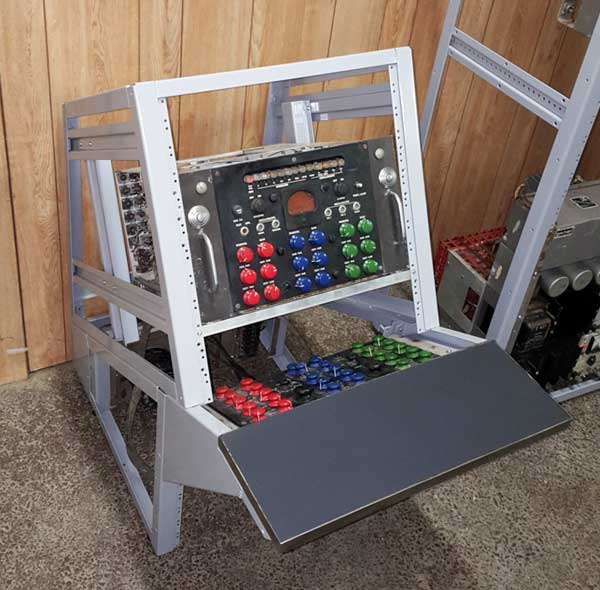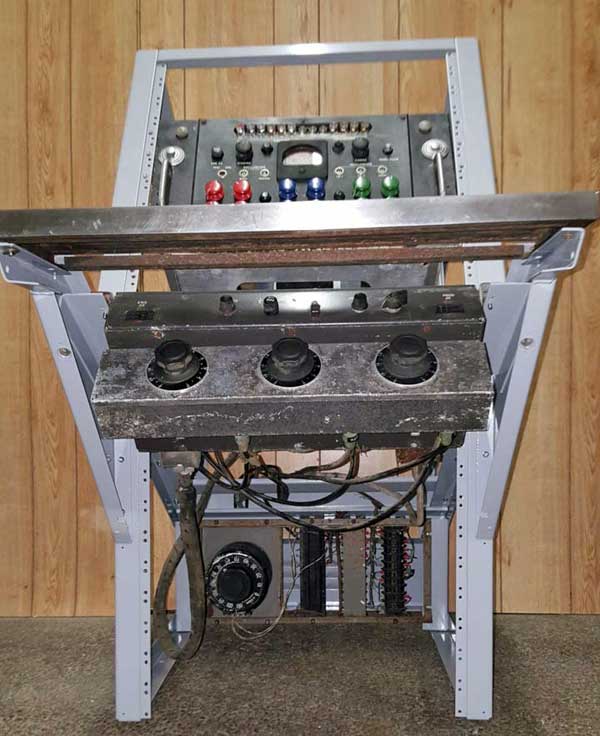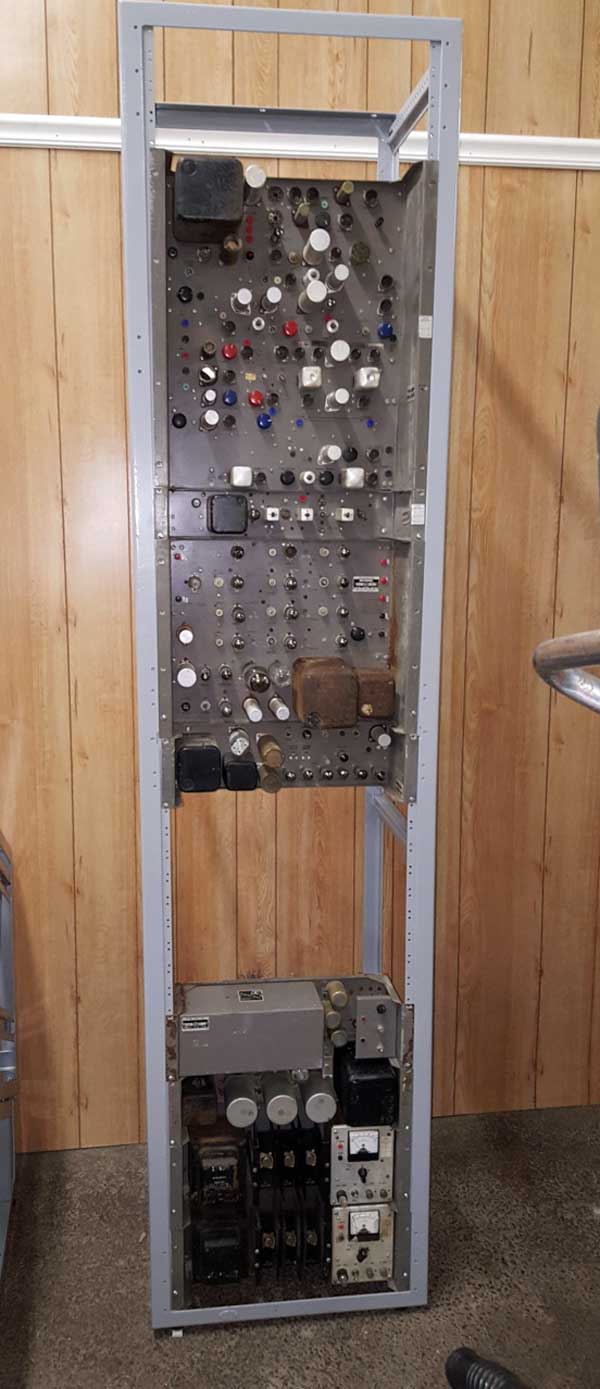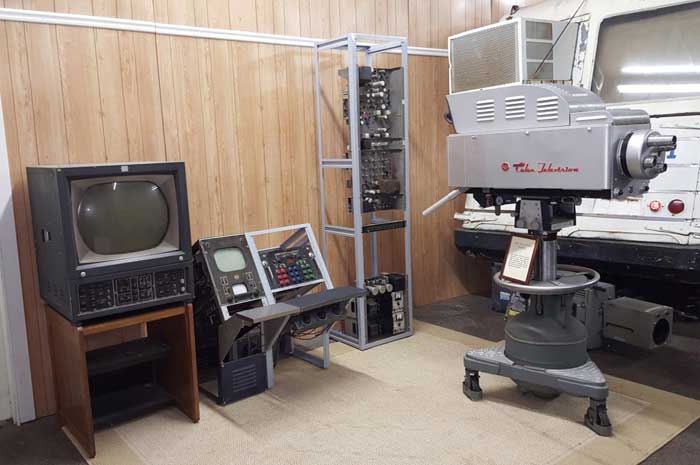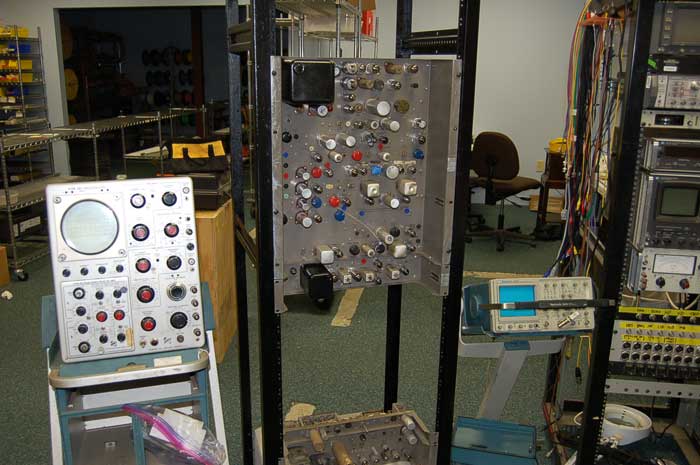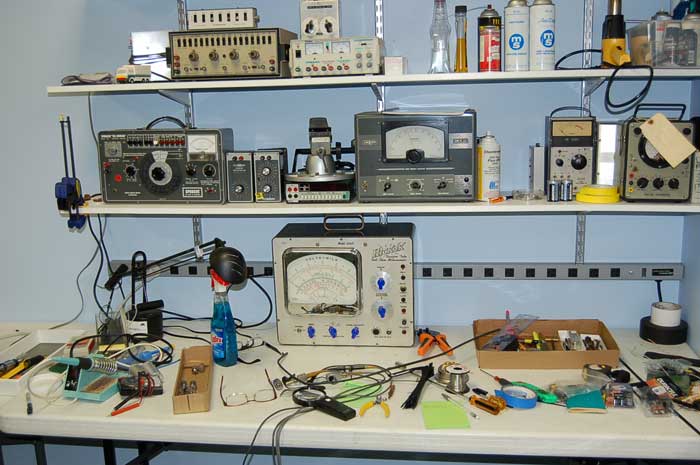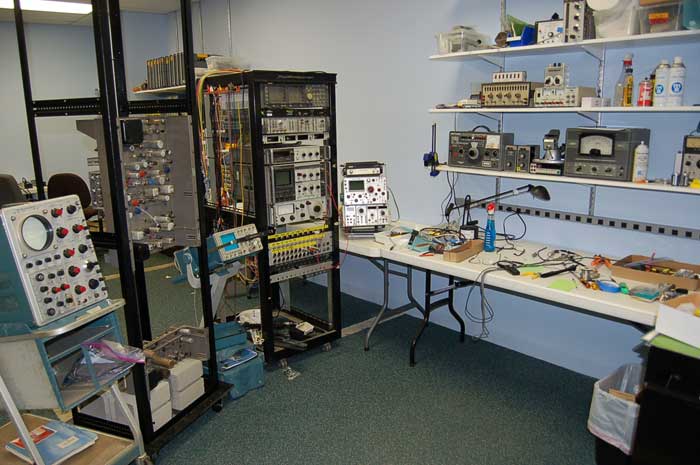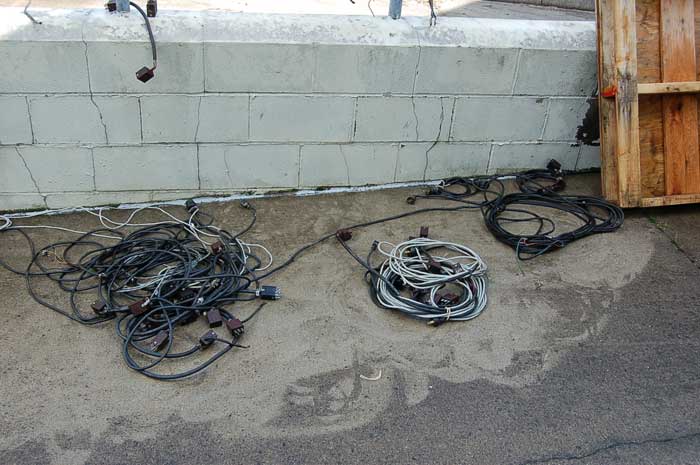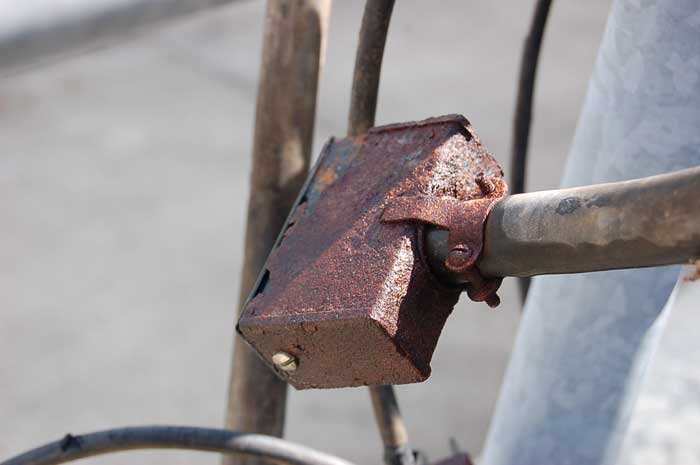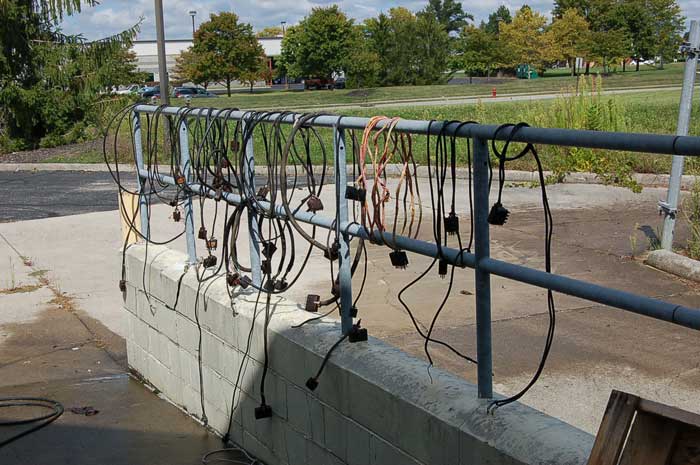xxxxxxxxxxxxxxxxxxxxxxx xxxxxxxxxxxxxxxxxxxxxxxxxxxxxx xxxxxxxxxxxxxxxxxxxxxxxx xxxxxxxxxxxxxxxxxxxxxxxxxxxxx xxxxxxxxxxxxxxxxxxxxxxxxxxxxxx xxxxxxxxxxxxxxxxxxxxx xxxxxxxxxxxxxxx xxxxxxxxxxxxxxxxxx xxxxxxxxxxxxxxxxxxxxxxxxxxxxxxxxxxxxxxxxxxx xxxxxxxxxxxxxxxxxxxxxxxxxxxxxx xxxxxxxxxxxxxxxxxxxxxxxx xxxxxxxxxxxxxxxxxxxxxxxxxxxxx xxxxxxxxxxxxxxxxxxxxxxxxxxxxxx xxxxxxxxxxxxxxxxxxxxx xxxxxxxxxxxxxxx xxxxxxxxxxxxxxxxxx xxxxxxxxxxxxxxxxxxxxxxxxxxxxxxxxxxxxxxxxxxx xxxxxxxxxxxxxxxxxxxxxxxxxxxxxx xxxxxxxxxxxxxxxxxxxxxxxx xxxxxxxxxxxxxxxxxxxxxxxxxxxxx xxxxxxxxxxxxxxxxxxxxxxxxxxxxxx xxxxxxxxxxxxxxxxxxxxx xxxxxxxxxxxxxxx xxxxxxxxxxxxxxxxxx xxxxxxxxxxxxxxxxxxxxxxxxxxxxxxxxxxxxxxxxxxx xxxxxxxxxxxxxxxxxxxxxxxxxxxxxx xxxxxxxxxxxxxxxxxxxxxxxx xxxxxxxxxxxxxxxxxxxxxxxxxxxxx xxxxxxxxxxxxxxxxxxxxxxxxxxxxxx xxxxxxxxxxxxxxxxxxxxx xxxxxxxxxxxxxxx xxxxxxxxxxxxxxxxxx xxxxxxxxxxxxxxxxxxxxxxxxxxxxxxxxxxxxxxxxxxx xxxxxxxxxxxxxxxxxxxxxxxxxxxxxx xxxxxxxxxxxxxxxxxxxxxxxx xxxxxxxxxxxxxxxxxxxxxxxxxxxxx xxxxxxxxxxxxxxxxxxxxxxxxxxxxxx xxxxxxxxxxxxxxxxxxxxx xxxxxxxxxxxxxxx xxxxxxxxxxxxxxxxxx xxxxxxxxxxxxxxxxxxxxxxxxxxxxxxxxxxxxxxxxxxx xxxxxxxxxxxxxxxxxxxxxxxxxxxxxx xxxxxxxxxxxxxxxxxxxxxxxx xxxxxxxxxxxxxxxxxxxxxxxxxxxxx xxxxxxxxxxxxxxxxxxxxxxxxxxxxxx xxxxxxxxxxxxxxxxxxxxx xxxxxxxxxxxxxxx xxxxxxxxxxxxxxxxxx xxxxxxxxxxxxxxxxxxxxxxxxxxxxxxxxxxxxxxxxxxx xxxxxxxxxxxxxxxxxxxxxxxxxxxxxx xxxxxxxxxxxxxxxxxxxxxxxx xxxxxxxxxxxxxxxxxxxxxxxxxxxxx xxxxxxxxxxxxxxxxxxxxxxxxxxxxxx xxxxxxxxxxxxxxxxxxxxx xxxxxxxxxxxxxxx xxxxxxxxxxxxxxxxxx xxxxxxxxxxxxxxxxxxxxxxxxxxxxxxxxxxxxxxxxxxx xxxxxxxxxxxxxxxxxxxxxxxxxxxxxx xxxxxxxxxxxxxxxxxxxxxxxx xxxxxxxxxxxxxxxxxxxxxxxxxxxxx xxxxxxxxxxxxxxxxxxxxxxxxxxxxxx xxxxxxxxxxxxxxxxxxxxx xxxxxxxxxxxxxxx xxxxxxxxxxxxxxxxxx xxxxxxxxxxxxxxxxxxxxxxxxxxxxxxxxxxxxxxxxxxx xxxxxxxxxxxxxxxxxxxxxxxxxxxxxx xxxxxxxxxxxxxxxxxxxxxxxx xxxxxxxxxxxxxxxxxxxxxxxxxxxxx xxxxxxxxxxxxxxxxxxxxxxxxxxxxxx xxxxxxxxxxxxxxxxxxxxx xxxxxxxxxxxxxxx xxxxxxxxxxxxxxxxxx xxxxxxxxxxxxxxxxxxxxxxxxxxxxxxxxxxxxxxxxxxx xxxxxxxxxxxxxxxxxxxxxxxxxxxxxx xxxxxxxxxxxxxxxxxxxxxxxx xxxxxxxxxxxxxxxxxxxxxxxxxxxxx xxxxxxxxxxxxxxxxxxxxxxxxxxxxxx xxxxxxxxxxxxxxxxxxxxx xxxxxxxxxxxxxxx xxxxxxxxxxxxxxxxxx xxxxxxxxxxxxxxxxxxxxxxxxxxxxxxxxxxxxxxxxxxx xxxxxxxxxxxxxxxxxxxxxxxxxxxxxx xxxxxxxxxxxxxxxxxxxxxxxx xxxxxxxxxxxxxxxxxxxxxxxxxxxxx xxxxxxxxxxxxxxxxxxxxxxxxxxxxxx xxxxxxxxxxxxxxxxxxxxx xxxxxxxxxxxxxxx xxxxxxxxxxxxxxxxxx xxxxxxxxxxxxxxxxxxxxxxxxxxxxxxxxxxxxxxxxxxx xxxxxxxxxxxxxxxxxxxxxxxxxxxxxx xxxxxxxxxxxxxxxxxxxxxxxx xxxxxxxxxxxxxxxxxxxxxxxxxxxxx xxxxxxxxxxxxxxxxxxxxxxxxxxxxxx xxxxxxxxxxxxxxxxxxxxx xxxxxxxxxxxxxxx xxxxxxxxxxxxxxxxxx xxxxxxxxxxxxxxxxxxxxxxxxxxxxxxxxxxxxxxxxxxx xxxxxxxxxxxxxxxxxxxxxxxxxxxxxx xxxxxxxxxxxxxxxxxxxxxxxx xxxxxxxxxxxxxxxxxxxxxxxxxxxxx xxxxxxxxxxxxxxxxxxxxxxxxxxxxxx xxxxxxxxxxxxxxxxxxxxx xxxxxxxxxxxxxxx xxxxxxxxxxxxxxxxxx xxxxxxxxxxxxxxxxxxxxxxxxxxxxxxxxxxxxxxxxxxx xxxxxxxxxxxxxxxxxxxxxxxxxxxxxx xxxxxxxxxxxxxxxxxxxxxxxx xxxxxxxxxxxxxxxxxxxxxxxxxxxxx xxxxxxxxxxxxxxxxxxxxxxxxxxxxxx xxxxxxxxxxxxxxxxxxxxx xxxxxxxxxxxxxxx xxxxxxxxxxxxxxxxxx xxxxxxxxxxxxxxxxxxxxxxxxxxxxxxxxxxxxxxxxxxx xxxxxxxxxxxxxxxxxxxxxxxxxxxxxx xxxxxxxxxxxxxxxxxxxxxxxx xxxxxxxxxxxxxxxxxxxxxxxxxxxxx xxxxxxxxxxxxxxxxxxxxxxxxxxxxxx xxxxxxxxxxxxxxxxxxxxx xxxxxxxxxxxxxxx xxxxxxxxxxxxxxxxxx xxxxxxxxxxxxxxxxxxxxxxxxxxxxxxxxxxxxxxxxxxx xxxxxxxxxxxxxxxxxxxxxxxxxxxxxx xxxxxxxxxxxxxxxxxxxxxxxx xxxxxxxxxxxxxxxxxxxxxxxxxxxxx xxxxxxxxxxxxxxxxxxxxxxxxxxxxxx xxxxxxxxxxxxxxxxxxxxx xxxxxxxxxxxxxxx xxxxxxxxxxxxxxxxxx xxxxxxxxxxxxxxxxxxx Early Color Television Restoring the RCA TK-41We received a donation of TK-41 equipment, including three cameras and all the support equipment we need to restore our camera. So, we have decided to start the process of getting it working again. Here is technical information on the TK-41. Chuck Pharis is also restoring a TK-41. Here is an outline of how we hope a approach it: March 1-2, 2016
Here is the slant rack, after sand blasting and painting. The control panel and processing amplifier have been mounted. For now, a piece of black poster board is on the desk area. We will have a piece of black laminate cut.
The underside of the slant rack, showing the gain pots and the Variac/Barrier Strip
When the bottom metal piece is removed from this rack, it will be the same height as the rack for the color controls. It will have the TM-6 master monitor. To the left will be our TM-21 color monitor.
The tall rack, with (top to bottom) Colorplexer, Color Bar Generator, Calibration Pulse Generator, Centering Current Supply, Focus Current Regulator, and two WP-16 Power supplies. March 5, 2016 We are seeking volunteers to recap and clean up units for the TK-41. Here is a list of what we need restored:
These units will be available at the convention for you to take home with you. We will have documentation available. Contact us if you are interested in doing a unit.
Barry Bennett's Restoration Work: Barry Bennett, who operates Bennett Systems, a manufacturer of television production vans Sunbury, OH (about 30 minutes from Hilliard), has agreed to complete the restoration of the TK-41 system. Barry worked on tube-type color cameras early in his career. Here is how he intends to tackle the project:
August 30, 2017
Half of my shop getting set up to start work on the colorplexer. I'd love to restore the 585 scope first and use it for the project but ... we'll see how energetic I get. Probably start with the 2445 as my scope for starters. While it is really cool to use vintage test gear to fix vintage equipment, constantly maintaining your test gear can get ... tedious. We shall see...
Just the workbench. Again, the big Hickok VTVM isn't restored yet but my intent was to do that first and use it to work on the TK41. We'll see how much energy I have........... probably for starters I'll just cave in and use the Beckman or the Fluke.
My entire workbench area, still under construction. Aren't they all?
The colorplexer is almost ready to begin it's journey back to life. Need just a few more tubes, and replace one tube socket that got damaged during its replacement. Also need to fix a few things that are left over from the initial re-capping and tube socket replacement done by someone else (THANKS!!) that were damaged during the million years of storage of this unit. There is a stuck multi position switch, a few components with broken wires, stuff like that... and thankfully clearly marked by the restorer of this chassis. Then a million coax jumpers. I got a bag full of UHF to BNC adaptors, so all jumpers (at least during the restoration and testing phase) will be BNC for ease of connection, disconnection, cross connection, and testing. In lieu of the RCA color bar generator (being restored by others) I will use "fudged" test signals from my more modern equipment to get the colorplexer up and running initially. Then, the smoke test!! Decisions Decisions ...do I use the variac, or just flip the switch. September 17, 2017
TK41 interconnect cables are power washed and drying. From the closeup of the one connector, I think I have about decided to replace all of the cables and connectors with new. The rubber jackets of the cables have either started to disintegrate, or are iron hard and inflexible. Since the connectors are deteriorated beyond recovery for the most part, I think trying to salvage them may be an exercise in futility and lead to problems in the future. I'll evaluate them one by one, but that's my initial impression from seeing what's left now that the dirt has been removed. October 31, 2018 After close to a year of starts and stops on this project, a clear path towards getting the camera head making pictures is finally coming into better focus (some pun intended). There have been a few starts and stops, with an occasional roadblock along the way so far. To be expected with a camera of this age and in the condition found. Many thanks to the heroic restoration efforts done to specific modules so far by several people. The single most cruical piece, without which I cannot fire up the head in any meaningful way, has been the processor unit. This was restored and refurbished by James O'neil and shipped to the MBT in RI for testing by Jay Ballard and his crew there. That is nearing completion. I decided during this process that while possible to work on the head without the processor, it would be a lot of essentially duplicated effort so I decided to leave the head on display at the museum and wait for the processor to be completed. I believe it is done, or nearly so, and I am in schedule discussions to go out to RI and pick up the working processor, and drop off the museum's second one, which was the deal made for a Telemation encoder to temporarily take the place of the colorplexer system. The MBT will make processor parts available if they are in fact actually usable, should our processor ever need them. My efforts to bring the restored colorplexer to life met with some smoke upon initial powerup, traced to a very-hard-to-reach resistor. As I contemplated the task of removing the upper sub chassis to access this area of the circuitry, and the time it would likely take to complete the troubleshooting and subsequent alignment of this piece, I decided that in the short term simply substituting in a solid state encoder would allow a much quicker "working" camera to be displayed. Once done to this point, we can return to making the original colorplexer work and put it back in the chain if it seems the way to go at that point. The camera viewfinder remains yet to be restored, as well as the preamps, but most likely those will take a back burner to getting the head working. I may be able to bring the viewfinder up on a variac on the bench and see if it may even work with just capacitors replaced... yet tbd. I'll take a closer look at that in the upcoming weeks, as soon as I decide it's time to move the camera head to my shop for the "system level" restoration to begin. Guessing here as to the schedule, but I think that by early to mid December I should have the entire system at my shop in Sunbury and will be starting to get the head systems up and running prior to trying it with tubes. Any local help at that point would be welcome, probably starting late December after I get the thing staged. I think I mentioned earlier that all the interconnect multipin (Jones Plug type) cables need to be replaced, but I figured to do that one at a time as needed. I have some of the connectors, might have to order a few others. But I do know I have enough to get started. Stay tuned. I'll try and do regular updates from this point.
|
